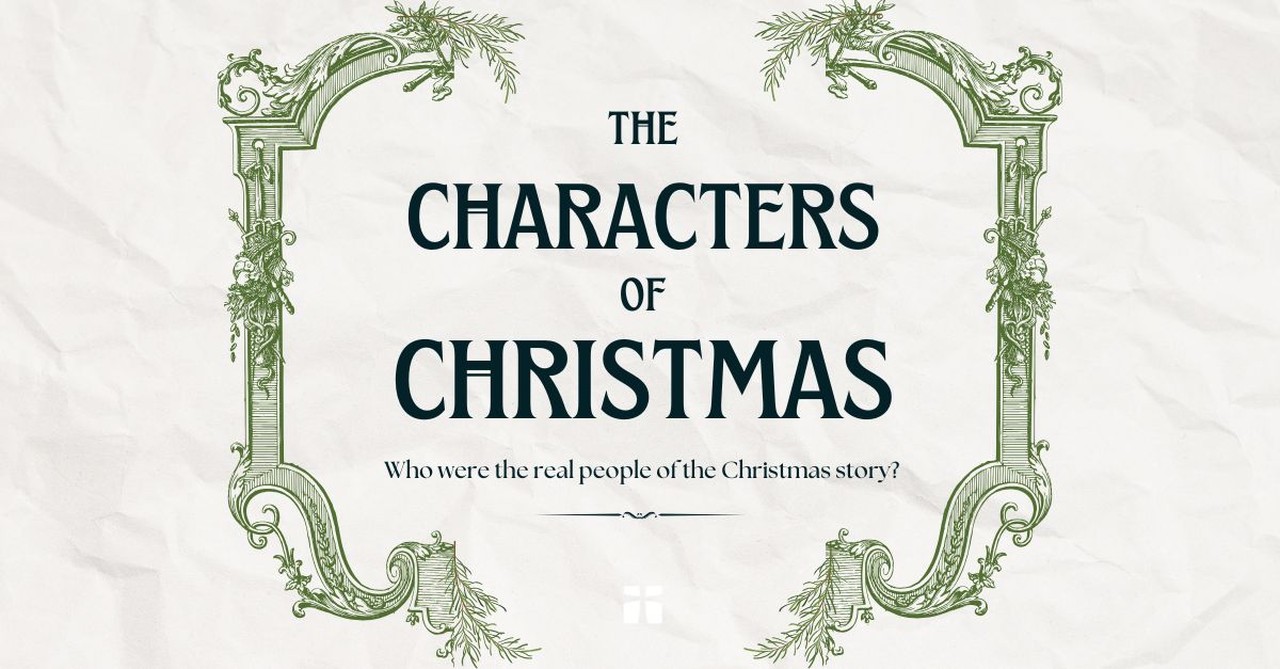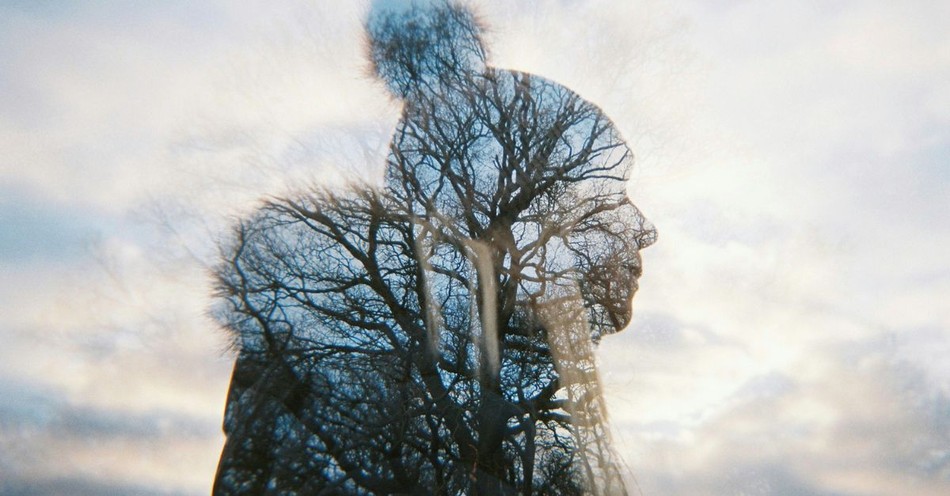Mark 15:25-37
25 And it was the third hour, and they crucified him. 26 And the superscription of what he was accused of was written up: The King of the Jews. 27 And with him they crucify two robbers, one on his right hand, and one on his left. 28 [And the scripture was fulfilled which says, And he was reckoned with the lawless.] 29 And they that passed by reviled him, shaking their heads, and saying, Aha, thou that destroyest the temple and buildest it in three days, 30 save thyself, and descend from the cross. 31 In like manner the chief priests also, with the scribes, mocking with one another, said, He saved others; himself he cannot save. 32 Let the Christ the King of Israel descend now from the cross, that we may see and may believe. And they that were crucified with him reproached him.
33 And when [the] sixth hour was come, there came darkness over the whole land until [the] ninth hour; 34 and at the ninth hour, Jesus cried with a loud voice, [saying], Eloi, Eloi, lama sabachthani? which is, being interpreted, My God, my God, why hast thou forsaken me? 35 And some of those who stood by, when they heard [it], said, Behold, he calls for Elias. 36 And one, running and filling a sponge with vinegar, fixed it on a reed, and gave him to drink, saying, Let alone, let us see if Elias comes to take him down. 37 And Jesus, having uttered a loud cry, expired.




Matthew Henry's Commentary on Mark 15:25-37
Commentary on Mark 15:22-32
(Read Mark 15:22-32)
The place where our Lord Jesus was crucified, was called the place of a scull; it was the common place of execution; for he was in all respects numbered with the transgressors. Whenever we look unto Christ crucified, we must remember what was written over his head; he is a King, and we must give up ourselves to be his subjects, as Israelites indeed. They crucified two thieves with him, and him in the midst; they thereby intended him great dishonour. But it was foretold that he should be numbered with the transgressors, because he was made sin for us. Even those who passed by railed at him. They told him to come down from the cross, and they would believe; but they did not believe, though he gave them a more convincing sign when he came up from the grave. With what earnestness will the man who firmly believes the truth, as made known by the sufferings of Christ, seek for salvation! With what gratitude will he receive the dawning hope of forgiveness and eternal life, as purchased for him by the sufferings and death of the Son of God! and with what godly sorrow will he mourn over the sins which crucified the Lord of glory!
Commentary on Mark 15:33-41
(Read Mark 15:33-41)
There was a thick darkness over the land, from noon until three in the afternoon. The Jews were doing their utmost to extinguish the Sun of Righteousness. The darkness signified the cloud which the human soul of Christ was under, when he was making it an offering for sin. He did not complain that his disciples forsook him, but that his Father forsook him. In this especially he was made sin for us. When Paul was to be offered as a sacrifice for the service saints, he could joy and rejoice, Philippians 2:17; but it is another thing to be offered as a sacrifice for the sin of sinners. At the same instant that Jesus died, the veil of the temple was rent from the top to the bottom. This spake terror to the unbelieving Jews, and was a sign of the destruction of their church and nation. It speaks comfort to all believing Christians, for it signified the laying open a new and living way into the holiest by the blood of Jesus. The confidence with which Christ had openly addressed God as his Father, and committed his soul into his hands, seems greatly to have affected the centurion. Right views of Christ crucified will reconcile the believer to the thought of death; he longs to behold, love, and praise, as he ought, that Saviour who was wounded and pierced to save him from the wrath to come.